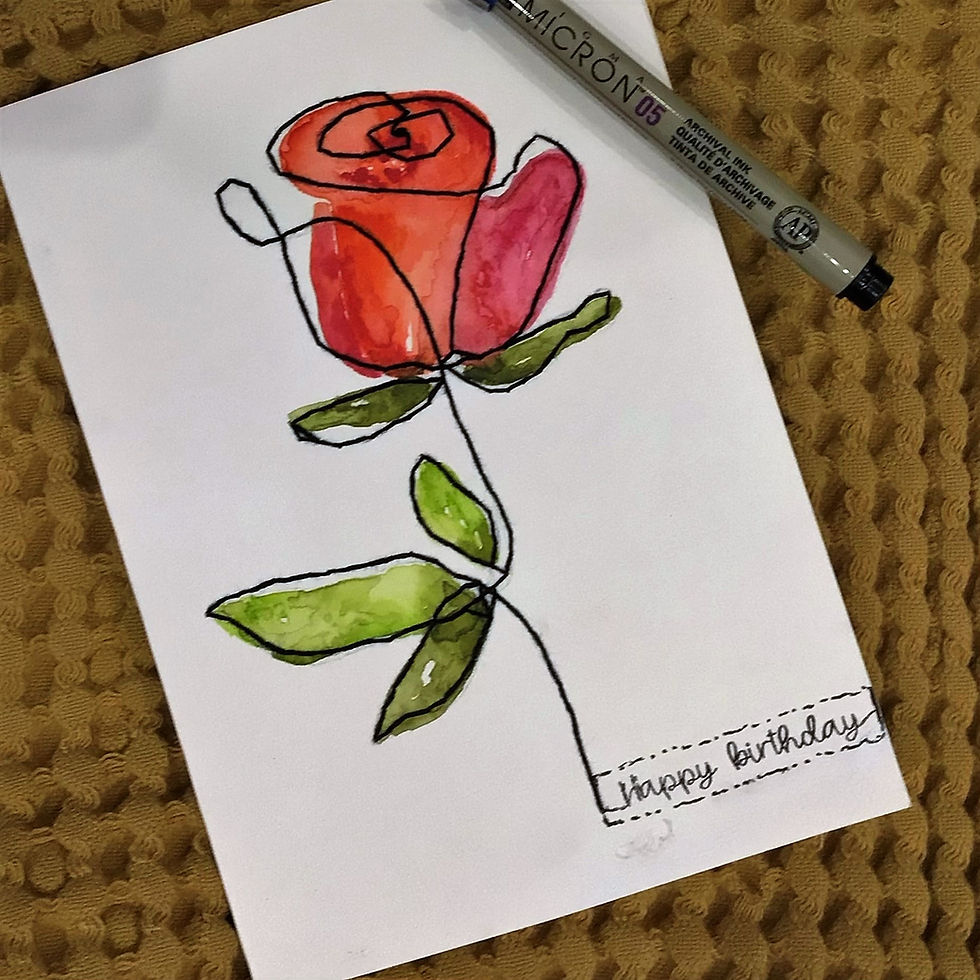Unlocking the Potential: A Guide to Using Watercolor Ground
- Chestnut Grove Studios

- Jun 27, 2024
- 3 min read
Here's a riddle for you.
Q: What does an artist do when they are a few dollars away from free shipping in their online shopping cart?
A: Buy a new art toy, of course.
This all started when I sadly discovered that Golden was no longer making one of my favorite colors - quinacridone nickel azo gold! What? I was only a year too late to grab my last chance at purchasing this gem of a color.

A quick trip from Google to YouTube led me to a solution of mixing 4 parts Transparent Red Iron Oxide with 1 part Nickel Azo Yellow, (I'll post that trial soon). After adding these two items to my cart, I found I was just a few dollars short to qualify for free shipping, so I added in a new toy I've been itching to try... watercolor ground.

I have long been a fan of Daniel Smith watercolors, and was super excited to see that the brand had a transparent watercolor ground product. In case you are not familiar with watercolor ground, it is a medium that you can apply to non-absorbent surfaces so that they will accept watercolor paints. Surfaces like book pages, wood, even glass and metal! Imagine the possibilities! Note: when applying to smooth surfaces like glass or metal, it is recommended to lightly buff/rough up the surface before applying the watercolor ground.
My first experiment that I am sharing using the transparent watercolor ground is on a book page. I had a book on photography that I had grabbed from Goodwill some time back. The photos in the book were all black and white, so I thought this would be a good place to start. There was simplicity in not having to worry about composing and drawing an image before getting down to actually using the product and painting.
I applied the watercolor ground to the page after tearing out of the book. I did not tape it down to a hard board; it was just a loose page out of the book. Note: after applying the ground, you need to immediately wash the brush with soap and water to keep it from ruining your brush. AND - you must let the medium dry on your surface for at least 24 hours.
After applying the ground, your paper, (or other surface) will feel slightly rough to the touch. Not quite as rough as a piece of fine sandpaper, but more like watercolor paper - the surface will definitely have a "tooth" to it.
This is the book page photo before applying the watercolor ground.

When painting the page, I found that it was not a rigid as regular watercolor paper, but the paper did not buckle much at all. I was only applying more of a wash to the page, and not a great deal of color. I applied a wet in wet technique for the sky and found that is responded well. I used a dry brush technique on the water and shore - which also responded well. I used multiple layers for the boat and the shore and trees on the right side. Finally I did some splatters and pen work to finish it off. I am very happy with how all of these techniques worked on the book page with a thin coat of the watercolor ground. I am anxious to try this product on other surfaces. I am extremely pleased with the transparency of the ground - while there are plenty of applications for an opaque watercolor ground medium, I think the transparency of this one sets it apart from what has previously been available.
Here is the photo after painting on the watercolor ground coated surface

PROs:
Transparent
Works on a variety of surfaces
Responds well to various techniques
Responds well to gel pens
Nice texture
CONs:
Need to wait 24 hours before painting
What do you think? Will you give it a try?












Comments